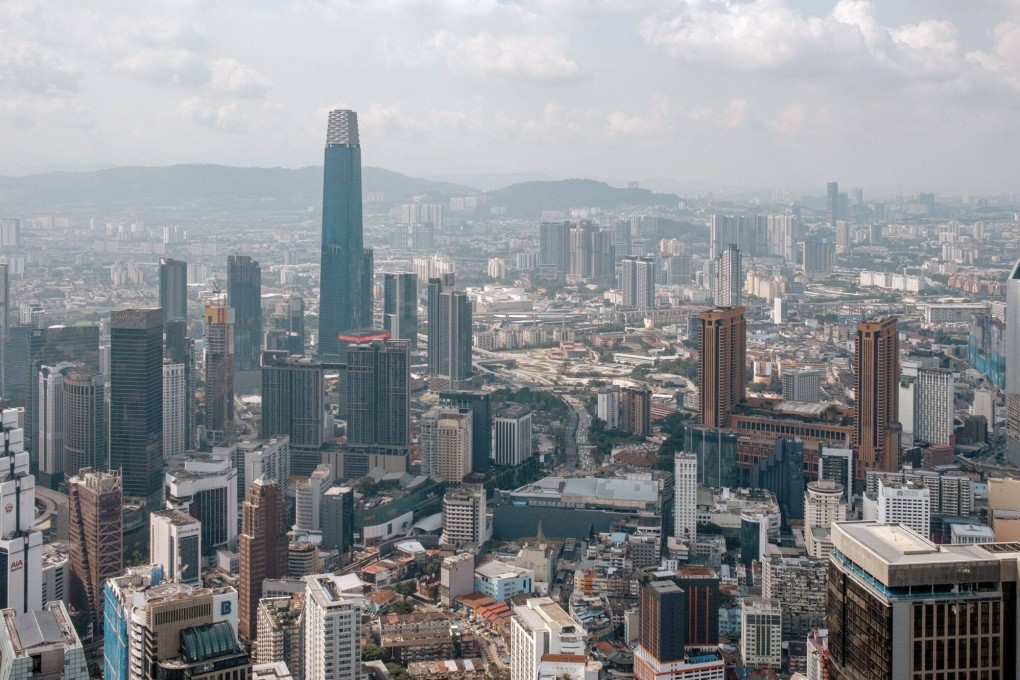Advertisement
The View | Chinese investment won’t cure the cancer plaguing Malaysia’s economy
- Malaysia’s woes stem from corruption and weak governance, linked to race-based privileges. Outsiders are not in a position to remedy this
Reading Time:3 minutes
Why you can trust SCMP
8

The 50th anniversary of Sino-Malaysian relations is being celebrated with much fanfare. Malaysian Prime Minister Anwar Ibrahim is committed to strengthening ties with China, which he considers “vital”. For 15 years, China has been Malaysia’s most important trade partner, and bilateral trade last year topped US$98 billion.
Advertisement
Post-Covid, Malaysia’s planners see Chinese investments as key to spurring the economy. China has committed to investing 170 billion ringgit (US$36.3 billion) in infrastructure, renewable energy, telecommunications and tourism. In the first half of 2022, Chinese investments reached US$11 billion, more than half of Malaysia’s foreign direct investment.
Chinese investments lean towards real estate, infrastructure and services, rather than manufacturing. Malaysia hopes to attract Chinese investors to build data centres with the aim of moving up the semiconductor value chain. But data centres generate only modest employment and technology transfers.
No country has achieved high income without manufacturing. Resource-rich countries can rely on exporting commodities, such as oil and gas, but if they lack manufacturing, they risk falling behind once the resources run out or demand dries up in the transition to clean energy.
Malaysia’s industrial policy emphasises hi-tech, knowledge-based industries, fostering innovation through initiatives like the Economic Transformation Programme and Industry 4.0 transformation. Yet it has failed to move up the value chain and break out of the middle-income trap. Where did things go wrong?
Advertisement
In the 1960s and 1970s, Malaysia employed import substitution to promote manufacturing. From the 1980s, it switched to an export-driven growth model, pursuing foreign direct investment, namely the import of capital and technology from foreign firms, notably in electronics. While this enjoyed some success, the investments did not always lead to stronger manufacturing and supply chains.

Advertisement
